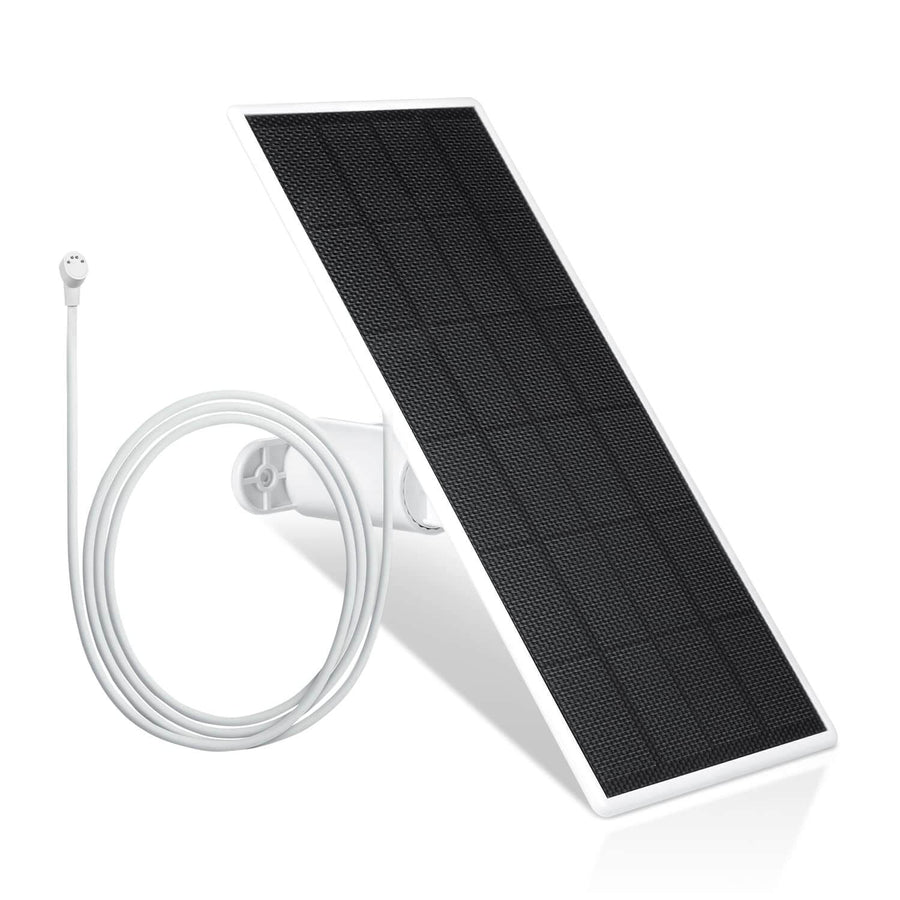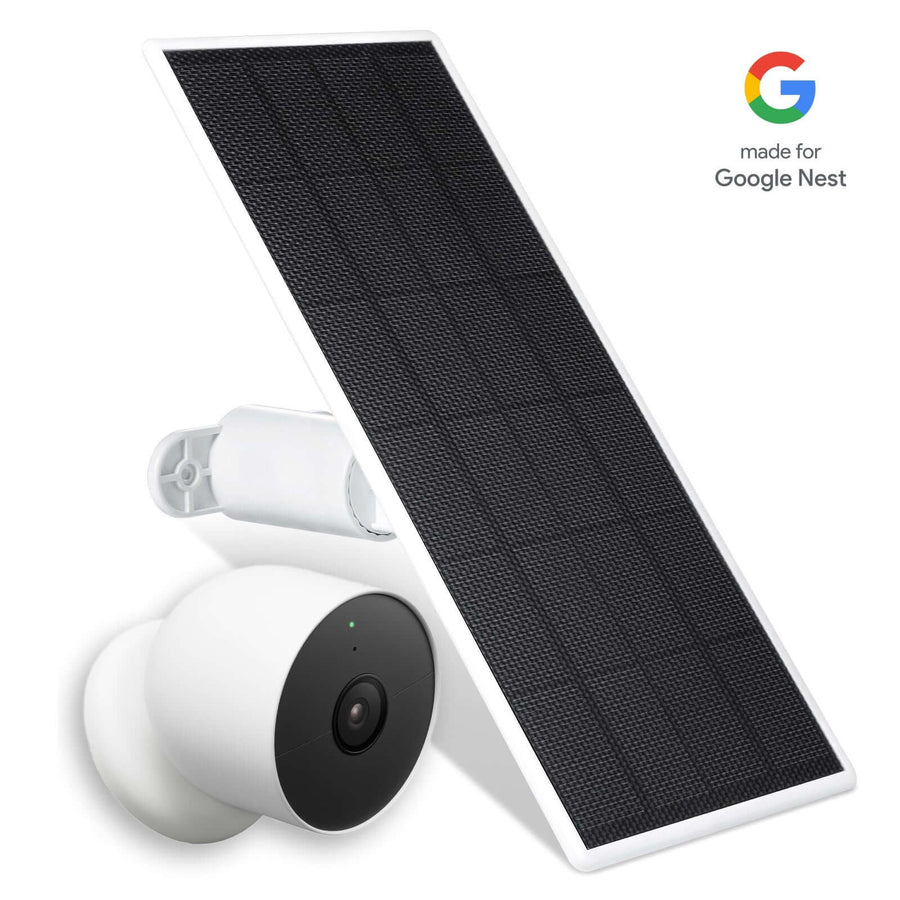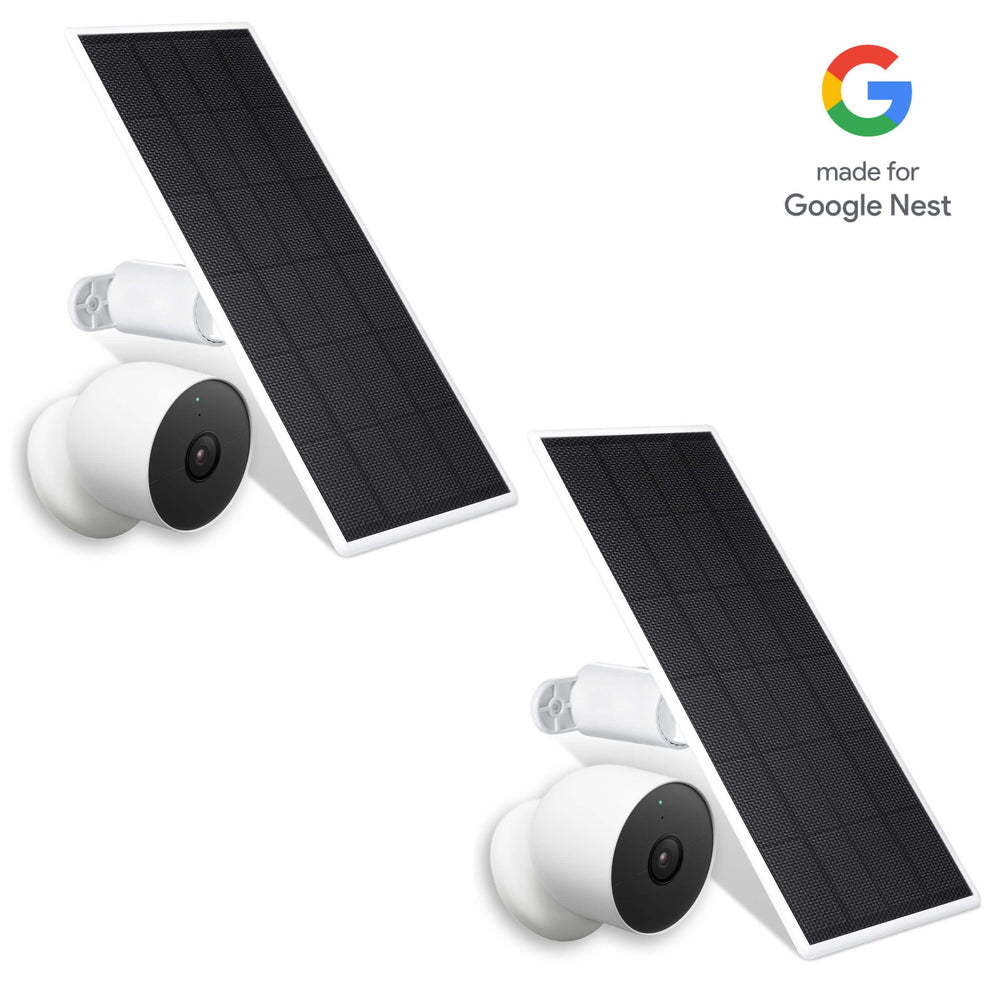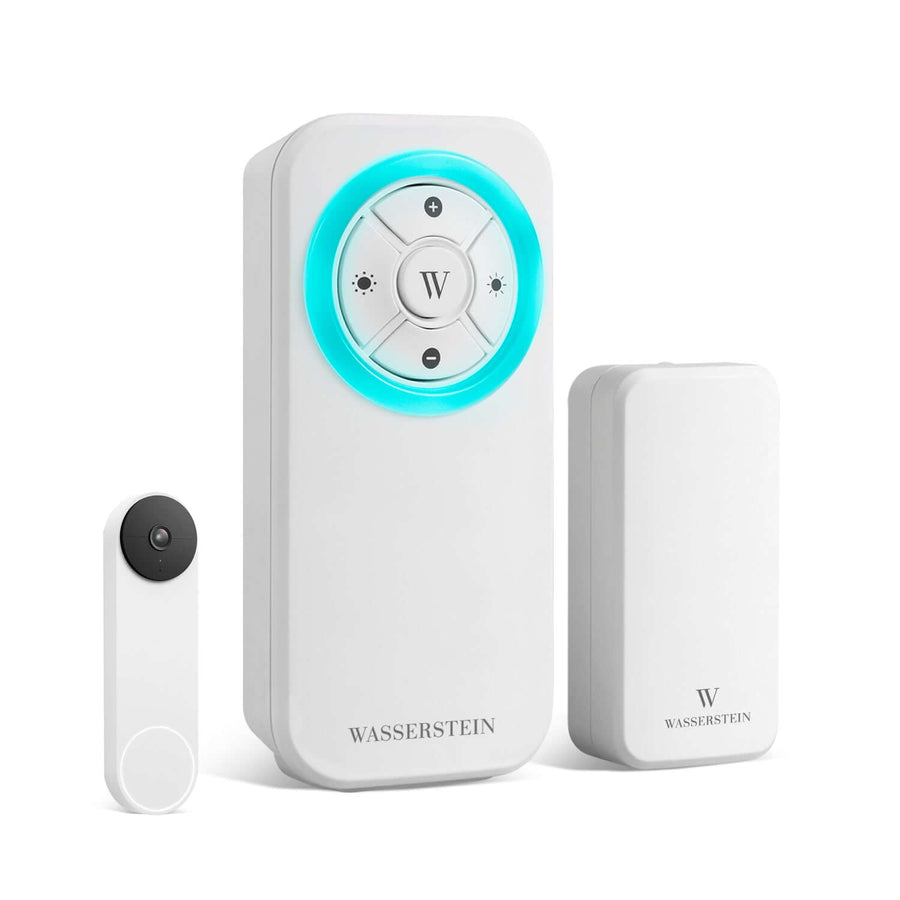How to Reconnect Ring to WiFi — The Easy Guide
Smart devices have changed how we secure our homes. These devices bring more security and convenience, allowing us to keep an eye on our homes from afar. But there's a key requirement: a good and steady internet connection. This connection is the backbone of a successful home security system. It's what makes sure these devices work well and communicate properly.
Think of a home security system as a team sport. While each device is capable on its own, a great coach makes sure everyone is on the same page. Case in point: the Ring ecosystem. Without a strong Wi-Fi signal, the Ring chime may not be able to receive alerts from your Ring doorbell or cams and you risk missing out on important notifications.
Common Reasons for Ring Connectivity Issues
Poor Wi-Fi Connection
Just like a phone call with bad reception, if your Ring device isn't getting a strong and stable WiFi signal, it might struggle to communicate properly. This can result in delays or even missed notifications.
Incorrect Credentials
Think of WiFi as a secret code that your Ring device needs to know to join your network. If you accidentally type in the wrong code ("WiFi name" and "Wi-Fi password"), your device won't be able to connect.
Low Battery
Some Ring devices including the Ring doorbells are powered by batteries, and if those batteries are running low, it's like trying to have a conversation with someone who's too tired to talk. Your device might not be able to connect to your wireless network or communicate well.
What to Check Before Reconnecting Your Ring Device
Before diving into the process of reconnecting your Ring device to your home Wi-Fi network, there are a few preliminary checks you should perform:
-
WiFi Signal Strength: Ensure that the Ring device is within a reasonable range of your Wi-Fi router. If the signal strength is weak, consider moving the router or using a WiFi extender.
-
Credentials Verification: Double-check the Wi-Fi network name and password to ensure they are correctly entered. It's easy to make typos during setup.
-
Battery Level: For battery-operated devices like the Ring Stick Up Camera and Ring Spotlight Cam Battery, confirm that the battery has sufficient charge.
How to Reconnect Ring to Wi-Fi
Reconnecting a Ring device to Wi-Fi is generally the same across all devices.
-
Launch the Ring app and tap on the three-line menu icon.
-
From the available options, select your specific device.
-
Go to "Device Health" and choose the "Change Wi-Fi Network" option.

-
Follow the on-screen instructions and provide the password for your preferred Wi-Fi network to update the Ring's Wi-Fi settings.

-
The Ring app will prompt your Ring device to reconnect. It might require multiple attempts on your end to successfully reconnect the Ring to the new network.

-
Wait for the device to enter setup mode. Then, click "The light is flashing blue". You can also learn more about the blue light patterns on Ring.

-
The app will prompt you to allow the device to connect to the new Wi-Fi network.

-
Once a connection is made, you'll see the name of the updated Wi-Fi network displayed on the screen. Select the new Wi-Fi and enter your credentials.

-
Wait for the device to connect to the new network and you're all set.

Choosing the Right Wi-Fi Frequency
Choosing the right Wi-Fi frequency for your Ring Video Doorbell depends on the capabilities of your router and the specific model of your doorbell. Most modern routers offer dual-band Wi-Fi, which means they transmit signals on both the 2.4GHz and 5GHz frequency bands. Here's how to determine the right frequency for your Ring Doorbell:
-
Check Router Capabilities: First, find out if your router supports both 2.4GHz and 5GHz bands. This information is usually available in the router's manual or settings.
-
Ring Device Compatibility: Check your Ring Doorbell's specifications to see which frequency bands it supports. Older doorbell models like the Ring Video Doorbell 1, 2, Elite, and the wired variant only work on 2.4GHz, while newer ones like the Ring Doorbell 3, 3 Plus, Pro, and Pro 2 support both bands.
-
Choose Based on Range and Penetration: The 2.4GHz band has better range and wall-penetrating capabilities, making it suitable for devices that are farther from the router or behind obstacles. If your Ring Doorbell is located quite a distance from your router or if there are walls in between, the 2.4GHz band might be a better choice.
-
Opt for 5GHz for Speed: The 5GHz band offers faster data speeds but has a slightly shorter range compared to 2.4GHz. If your Ring Doorbell is relatively close to the router and you're looking for better performance, you might consider using the 5GHz band.
Troubleshooting Tips
Check the Ring Battery
For a reliable connection, charge your Ring cam battery adequately. Plug it in or replace the battery if needed. A fully charged battery ensures your device has the power it needs to establish and maintain a solid connection.
Reset Your Router
Sometimes, routers can experience temporary hiccups that affect connectivity. To address this, initiate a router reboot. Turn off your router and wait for about 30 seconds before turning it back on. This simple action can refresh the router's internal settings and potentially resolve any minor connection glitches.
Configuration Changes
It's possible that accidental changes to your router's settings might be causing issues. Double-check the router settings to ensure they haven't been modified unintentionally. Confirm that the network name (SSID) and password match what you're entering in your Ring device.
How to Ensure a Stable Wi-Fi Connection to Your Ring Device
-
Router Placement: Position your Wi-Fi router at a central location within your home. Avoid obstacles like walls and electronic devices that can obstruct the Wi-Fi signal. The router's placement impacts the overall coverage and strength of the signal.
-
Signal Strength Check: Ensure that your Ring device is within an optimal range of your Wi-Fi router. Weak signals can lead to slow data transfer and unreliable connections. Adjust the device's placement or consider using signal boosters if necessary.
-
Dual-Band Wi-Fi: If your router supports both 2.4GHz and 5GHz frequencies, utilize this feature. The 2.4GHz band offers wider coverage, making it suitable for devices farther from the router. The 5GHz band provides faster speeds for devices closer to the router.
-
Network Security: Secure your Wi-Fi network with a strong password to prevent unauthorized access. This safeguards your network from potential security breaches.
-
Regular Updates: Keep your router's firmware and your Ring device's software up to date. This ensures compatibility, bug fixes, and security improvements, much like updating software on a computer.
FAQ
Does Ring automatically reconnect to Wi-Fi?
Yes, Ring devices are designed to automatically reconnect to Wi-Fi networks if they experience a temporary disconnection. This feature ensures that your device remains connected and operational, providing uninterrupted security and convenience. However, if the disconnection persists or if you change your Wi-Fi network, you may need to manually reconnect your Ring device.
Why can't my Ring find my Wi-Fi?
Possible reasons include weak signal range, hidden SSID, incorrect password, or frequency mismatch. Check device compatibility with your network.
Why won't my Ring doorbell connect to Wi-Fi after a power outage?
Try rebooting your router or the Ring device itself. Power outages can alter network settings. Ensure correct setup and connection to the proper Wi-Fi network. If issues persist, manual reconnection might be needed.
Upgrade your Ring Cam today! Be sure to check out Wasserstein's lineup of Ring accessories, including solar panels, mounts, and more!








Leave a comment